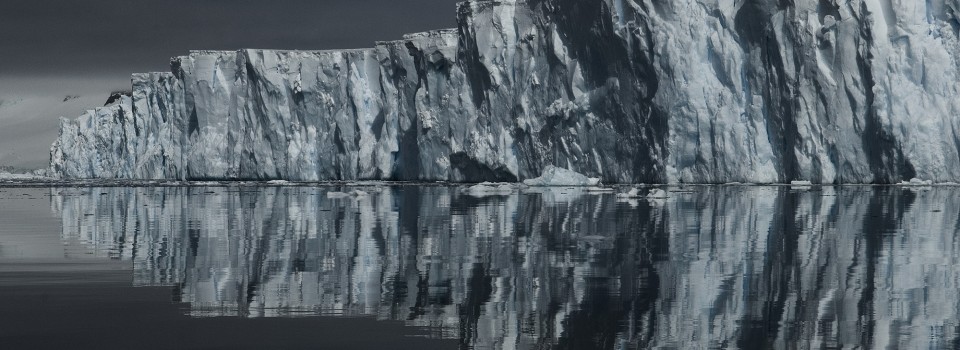
It used to be thought that the volume of water flowing into the oceans from melting glaciers and icebergs was equal to the amount of water falling as snow onto the continent; and that this process was keeping the whole system in balance. But some glaciers in the Antarctic (and also in Greenland) are losing ice at a faster rate than they are being replaced. This affects sea level all over the world.
The speed of changes to the West Antarctic ice sheet has taken scientists by surprise. Our ambition is to find out what’s causing the rapid ice loss from Pine Island Glacier in the Amundsen Sea so that we can make more accurate predictions about future sea level rise. We want to find out if ice loss will carry on increasing at a faster and faster rate, or whether it will slow down or go back to equilibrium.
Our science mission has two distinct aspects:
The iSTAR programme is a suite of four research projects designed to tackle big questions from different scientific perspectives. Our new knowledge is essential for informing the economic and policy decisions that enable society to live with and adapt to environmental change.
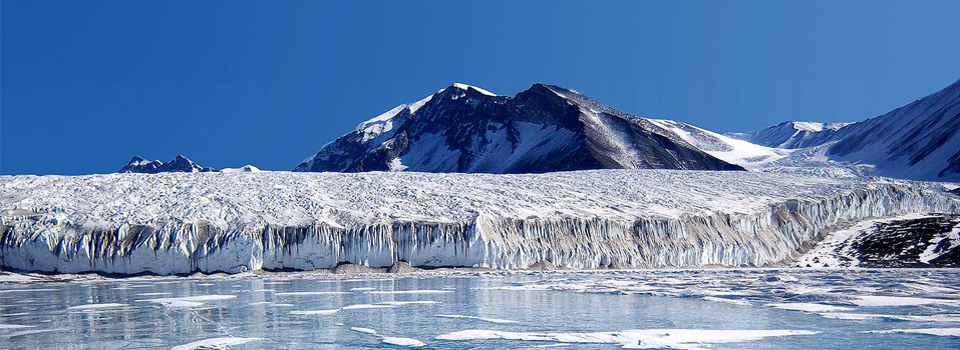
There is a suggestion that the ocean is providing more heat to melt the underside of the ice than it used to do. Although only a few degrees above freezing, ocean water is warm enough to give up a lot of heat as it washes underneath. At present, no one knows exactly how ocean water gets beneath the glacier but there are a number of possible explanations that we will test. It may be that the wind forces the water there; it could be waves going round the Antarctic continent; or it may be that the sea floor troughs that were gouged by glaciers thousands of years ago channel water up.
Our aim is to discover how and why warm ocean water gets close to the ice. Using innovative technologies will make measurements and observations that are essential for improving a wide variety of computer models used by the international scientific community to forecast future climate and sea level. These range from highly sophisticated and complex climate models that try to include the interactions between ice, ocean and atmosphere, to the much simpler models that test our understanding of the physics at play.
Learn More »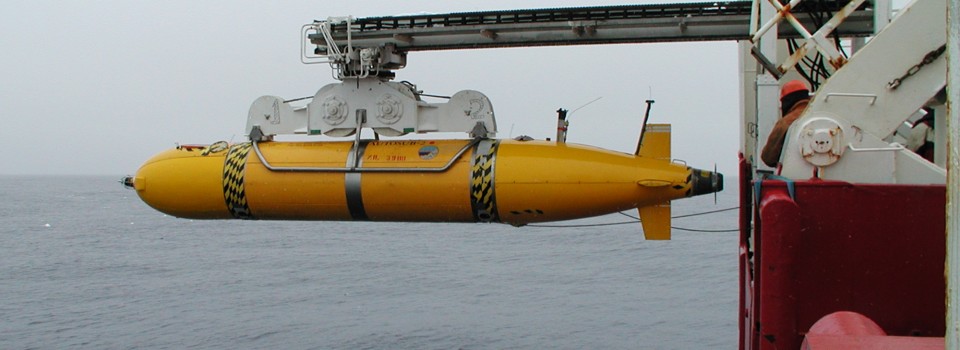
The speed of changes to the West Antarctic ice sheet, where Pine Island Glacier flows into the sea at Pine Island Bay, has taken scientists by surprise. This vast river of ice carries as much water as the River Rhine in frozen form. The last 60 km of the glacier floats on the waters of Pine Island Bay, and the bottom melts so intensely that half of the ice carried in the glacier is lost within the space of 30 years. Pine Island Bay is geographically the far south of the Pacific Ocean, and the image of warmth that this conjures up is not entirely misplaced. The air temperatures rarely rise above freezing, but beneath the cold surface of the sea, water temperatures rise as high as 1 degree Celsius – well above the freezing point.
Our research mission is to understand what “warm” and “rapid” really mean for Pine Island Glacier. We want to understand what might cause the ocean temperature to change and if it does, by even a small amount, how this will affect the melt-rate change.
To find the answers to those questions we must make measurements of the water temperature beneath the glacier, and simultaneous measurements of the rate at which the base of the glacier is melting into the ocean, but to do so is enormously challenging. The glacier is between 300 m and 1 km thick and difficult to access its base. To achieve our goal we will use cutting-edge technology.
Learn More »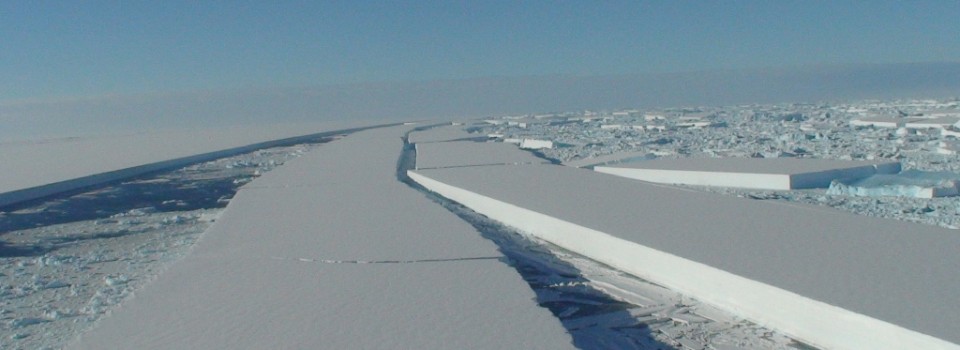
Pine Island Glacier is one of five glaciers in West Antarctica that are currently contributing sea-level rise at a significant and accelerating rate. This glacier flows into a vast floating ice shelf in the Amundsen Sea. This ice shelf is getting thinner and, as a consequence, the glacier is flowing faster into the sea. This thinning effect is now being seen ‘upstream’ on Pine Island Glacier’s trunk and tributaries, but this thinning is not the same everywhere.
We need to understand the processes that are responsible for transmitting the effect of thinning of the floating ice shelf upstream. We need this knowledge to be able to predict the future magnitudes of ice-thinning rates for the glacier.
Learn More »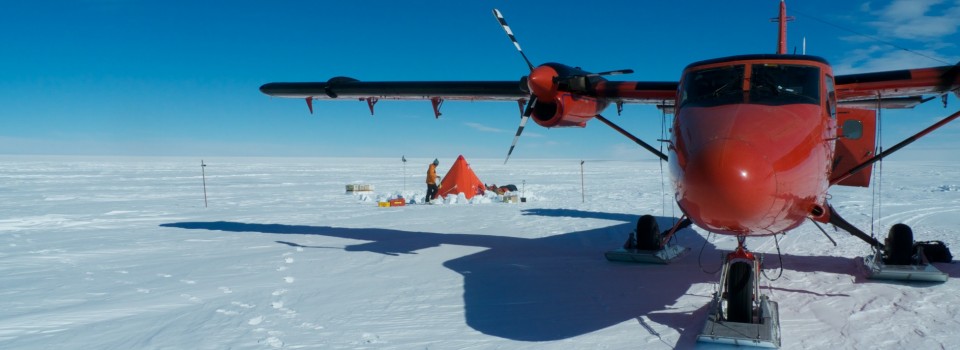
Prior to the advent of satellites, very little was known about the rates at which ice sheets would respond to climate change. During the past two decades measurements from successive Earth-orbiting satellites including ERS-1, ERS-2, ENVISAT, GRACE and most recently CryoSat-2, have provided valuable insight about the behaviour of Antarctica’s large ice sheets.
Whilst satellite observations, using a range of technologies, allow us to estimate how much ice is being lost to the ocean, they cannot distinguish changes in ice density from changes in mass; or distinguish changes due to mass ice loss from changes due to the motion of the underlying solid Earth.
To capture ice-based measurements of the Amundsen sector ice streams that will help us reconstruct these ‘missing’ data from the two decades of satellite measurements. These combined data will help us unravel uncertainties in our projections for the future and provide us with a more comprehensive picture of mass ice loss. Our ice investigations will focus on the large rivers of ice (ice streams) to determine the recent past and present contribution to sea level of the Amundsen sector drainage basin. These investigations will run alongside those of our colleagues who are investigating the effect of thinning glaciers and ice sheet movement. (Dynamic ice – iSTAR C).
Learn More »Melting of ice shelves in West Antarctica speeds up and slows down in response to changes in deep ocean temperature, and is far more variable than previously thought, according to new research published this week in the journal Nature Geoscience. Scientists studying seawater temperatures in the Amundsen Sea – part of the West Antarctic Ice… Read more »
Two species of seal found in Antarctic seas are helping scientists collect data about the temperature and salinity of waters around vulnerable ice sheets in West Antarctica. Environmental scientists at the University of East Anglia (UEA) have been investigating ways of studying warm, salty, deep water in the Amundsen Sea, in the Southern Ocean. Understanding… Read more »
A new UK-U.S. Antarctic research programme to improve the prediction of future sea-level rise is launched this week (Monday 30 April 2018) at British Antarctic Survey (BAS), Cambridge. The £20 million (approx. $25 million) 5-year research collaboration, funded jointly by the UK Natural Environment Research Council (NERC) and the U.S. National Science Foundation (NSF), brings… Read more »
Although iSTAR is gradually coming to an end, new insights into the workings of the West Antarctic Ice Sheet and its interactions with the ocean are still emerging from our four science projects. We expect yet more exciting discoveries from iSTAR to be announced in the next years, but we have started to look back… Read more »